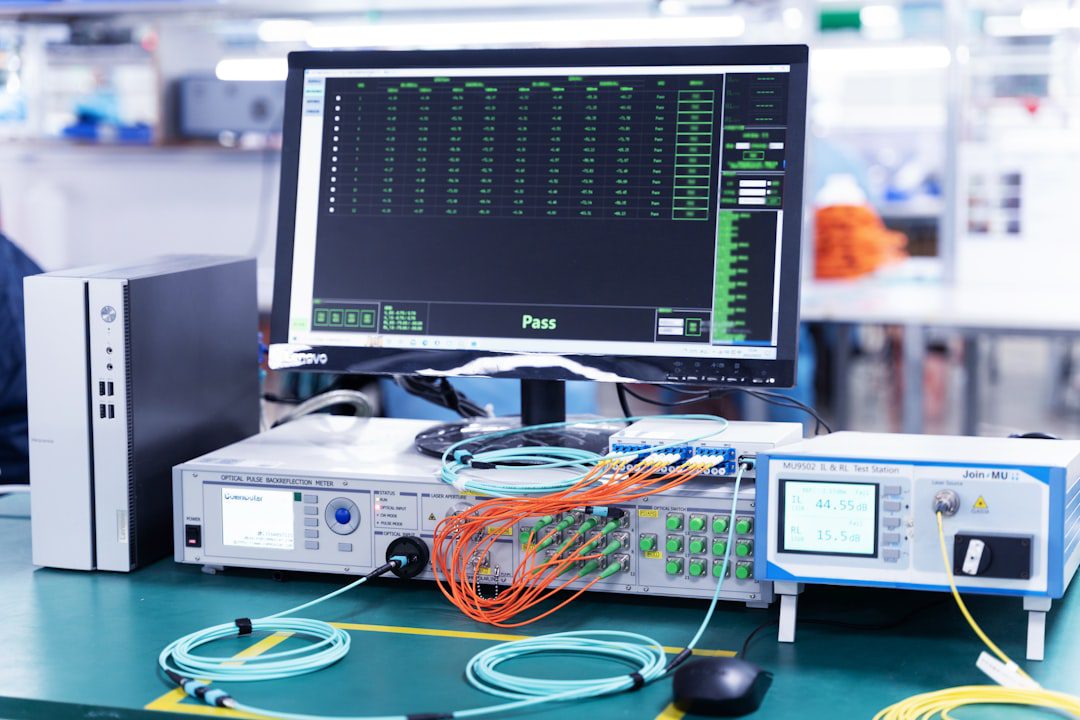
5 Critical Strategies to Reduce Medical Device Recall Risk in 2024
Medical device recalls surged 10.8% in 2024, creating unprecedented challenges for manufacturers across the healthcare industry. This alarming trend underscores the critical importance of proactive risk management strategies that protect patient safety while safeguarding business operations. For medical device manufacturers, understanding and implementing effective recall prevention measures isn’t just about compliance—it’s about maintaining market access, protecting brand reputation, and most importantly, ensuring patient safety.
The Growing Recall Crisis: By the Numbers
The 10.8% increase in medical device recalls represents more than just statistics—it reflects systemic challenges in device development, manufacturing, and post-market surveillance. Each recall carries significant financial implications, with average costs ranging from $1 million to $15 million depending on the device class and recall scope. Beyond immediate costs, recalls can trigger FDA inspections, delay future product approvals, and damage long-term market relationships.
Five Evidence-Based Strategies for Recall Prevention
1. Robust Design Controls and Risk Management
Implementing comprehensive design controls under ISO 13485 and FDA 21 CFR Part 820 forms the foundation of recall prevention. Medical device manufacturers must establish rigorous design review processes that identify potential failure modes early in development. This includes conducting thorough risk assessments per ISO 14971, documenting design decisions, and maintaining detailed design history files that demonstrate compliance with user needs and intended use specifications.
2. Enhanced Supplier Quality Management
Supply chain failures account for a significant percentage of medical device recalls. Manufacturers should implement stringent supplier qualification processes, including on-site audits, statistical process control requirements, and continuous monitoring of incoming materials. Establishing clear supplier agreements that define quality expectations, testing requirements, and corrective action procedures helps prevent component-related recalls before they impact finished devices.
3. Comprehensive Verification and Validation Protocols
Accelerated testing, real-world simulation, and statistical validation provide critical data for predicting device performance under actual use conditions. Manufacturers should develop test protocols that exceed minimum regulatory requirements, incorporating edge cases and worst-case scenarios that devices may encounter in clinical settings. This proactive approach helps identify potential failures before market introduction.
4. Proactive Post-Market Surveillance Systems
Effective post-market surveillance extends beyond regulatory minimums to include active monitoring of device performance, customer feedback analysis, and trend identification. Implementing robust complaint handling systems per FDA 21 CFR Part 820.198 enables early detection of emerging safety issues. Manufacturers should establish clear metrics for evaluating device performance and predetermined action thresholds that trigger investigation and corrective measures.
5. Integrated Quality Management Systems
Siloed quality processes create gaps that can lead to recall events. Successful manufacturers implement integrated quality management systems that connect design controls, manufacturing processes, supplier management, and post-market activities. This holistic approach ensures consistent quality standards across all operations and enables rapid response when issues arise.
Implementation Recommendations for Manufacturers
To effectively implement these recall prevention strategies, medical device manufacturers should:
- Conduct regular risk assessments: Review and update risk management files quarterly to incorporate new data and market feedback
- Invest in predictive analytics: Leverage data analytics to identify patterns that may indicate emerging quality issues
- Establish cross-functional teams: Create integrated teams that include design, manufacturing, quality, and regulatory professionals
- Develop scenario planning: Create detailed response plans for potential recall scenarios to minimize response time and impact
- Maintain regulatory readiness: Ensure all documentation and processes are audit-ready to demonstrate proactive compliance efforts
The Business Case for Prevention
Investing in comprehensive recall prevention strategies delivers measurable returns through reduced regulatory exposure, improved operational efficiency, and enhanced market reputation. Manufacturers who implement these evidence-based approaches typically see significant reductions in quality-related incidents, faster regulatory approvals, and stronger customer relationships.
As medical device recalls continue to rise, manufacturers who prioritize proactive risk management will gain competitive advantages while fulfilling their fundamental obligation to patient safety. The time for reactive approaches has passed—success in 2024 and beyond requires systematic, evidence-based prevention strategies that address root causes before they impact patients and markets.


No comments yet. Be the first to comment!